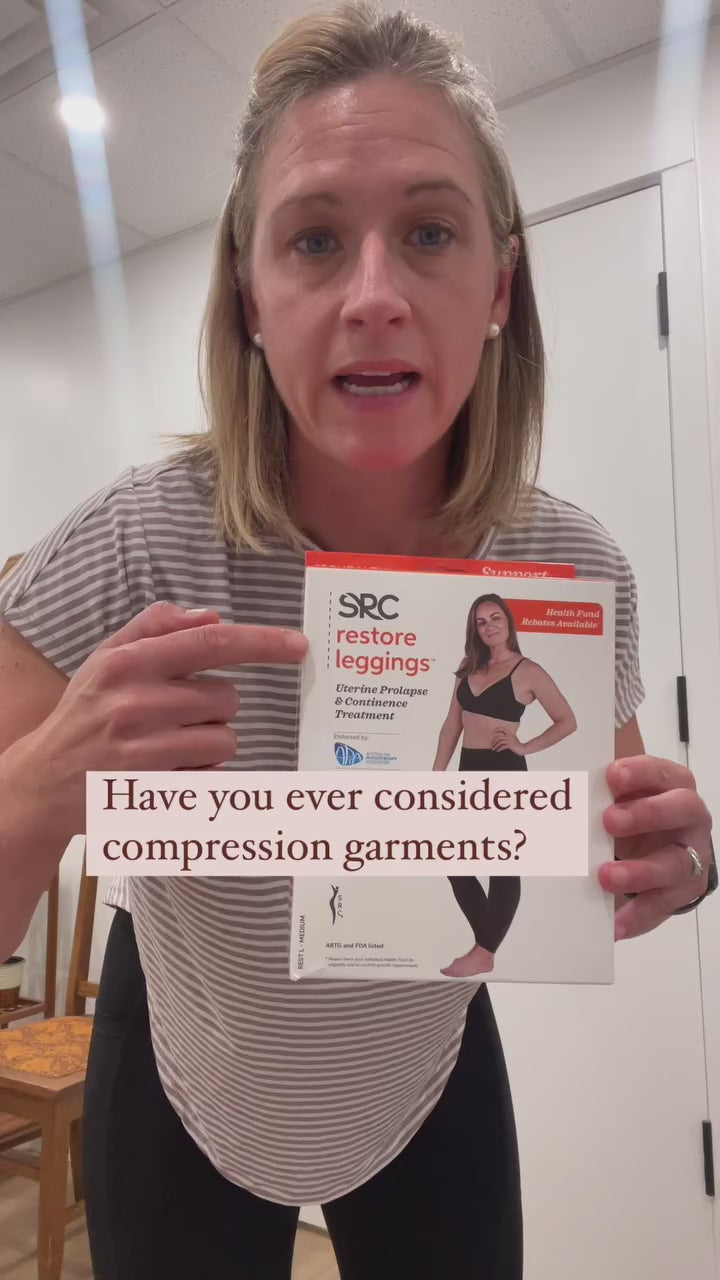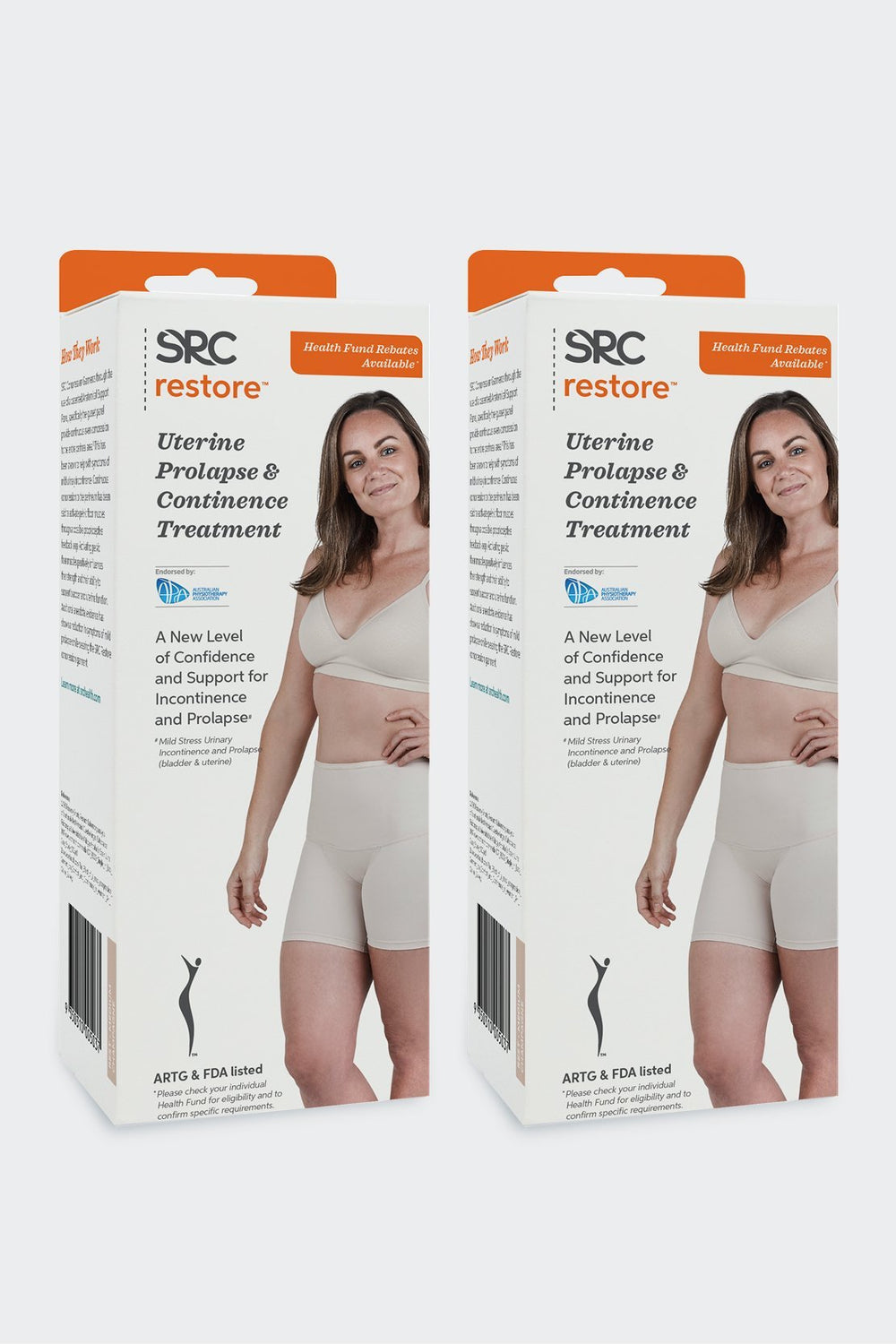Approximate Reading Time: 5 minutes
Although progress has occurred regarding comprehensive and coordinated women’s healthcare, a significant practice gap remains.
As women, our collective health depends on our willingness to talk openly and comfortably about vaginal health with our healthcare practitioners, but also among ourselves as a female culture. The evolution of women’s communal health rests heavily on what we are comfortable sharing with our mothers, daughters, sisters, friends, and of course our intimate partners. Social acceptance is a marker of women’s health empowerment. Somehow pelvic organ prolapse (POP) remains the pariah in women’s wellness.
Multiple conditions throughout the history of women’s health have had to overcome the stigma of sexual connotation to enable open public dialogue, such as breast health and reproductive rights. The biggest barrier we have yet to conquer is related to vaginal health in general, and most often, pelvic organ prolapse specific. While medically documented dating back to the Kahun Gynecological Papyrus circa 1835 B.C.E., we have yet to break down the POP wall of silence. Two of the most life-altering events women experience, childbirth and menopause, are the leading causes for the pandemic prevalence of POP, routinely estimated in research to impact up to 50% of women. Yet women are seldom informed of POP ahead of the curve. Discovery upon diagnosis runs rampant regarding this common, cryptic women’s health pandemic.
We live in a society that worships comparative perfection. While the opinions of others are irrelevant in the big picture, self-image is a significant marker of self-confidence. The plethora of hair, face, and body cosmetic items available clarifies our need for body perfection, and marketing campaigns are skilled at encouraging artful deception on the outside. How we really feel about how we look digs a bit deeper. The reality is women all too often suffer in silence with vaginal health issues that impact self-image yet remain hidden behind a wall of silence.
Shouldn't we talk about ALL women's health concerns out loud? Form, feel, function, and personal perception of the vagina and vulva are critical for optimization of vaginal and intimate health sense of self. Behind blissful birthing stories exists a cryptic aftermath that seldom makes it into the public forum. Tissues bulging out of the vagina, wide vaginal gap, coital incontinence, and pain with intimacy are very common after-effects of vaginal childbirth, and very real to the women experiencing them. At times, horrific birthing experiences result in ravaged vaginal, rectal, and perineal tissue that leave women with pain and dysfunction for years, sometimes the rest of their lives, because they don't know where to go to address the problem.
Although progress has occurred regarding comprehensive and coordinated women’s wellness screening, a significant awareness gap still exists regarding vaginal health. What is the secret sauce to destigmatize and enable all women to talk out loud comfortably about the physical, emotional, social, sexual, fitness, and employment quality of life impacts of pelvic organ prolapse? The complexity of pelvic organ prolapse necessitates a comprehensive approach to evolve women’s wellness screening, along with a multidisciplinary approach to springboard early detection and treatment.
During the breast cancer awareness transition in the 20th century prior to which breast health remained a highly stigmatized, unspoken health issue, women in positions of celebrity or political power stepped forward, associating themselves with breast health concerns. Because a few brave women in positions of influence were willing to share their stories, breast health awareness advanced and eradicated the shrouding stigma of what had been previously viewed as off the table erogenous dialogue. The courageous efforts of Terese Lasser, Founder of Reach to Recovery. The first breast cancer support initiative, Seventeen magazine editor Babette Rosmond, author of The Invisible Worm, challenging assumptions of surgeons treating women with breast cancer. Actress Shirley Temple Black sharing her story in McCall’s magazine. Former First Lady Betty Ford and Happy Rockefeller, wife of Vice-President Nelson Rockefeller, sharing their diagnoses via televised press conferences. NBC news correspondent Betty Rollin writing First You Cry about her experiences. Each of these brave women increased media exposure engendered a new era in women’s breast health empowerment. We need highly prominent women in positions of visibility and voice to do the same regarding pelvic organ prolapse, ushering in the next significant evolution in women’s health empowerment.
We must disrupt women’s healthcare due process. While we certainly should celebrate the many advances and changing societal perceptions in women’s health that have occurred in prior generations, it is imperative we remain cognizant and at times critical of stagnation.
Healthcare should include delivery models shaped by female experience. But if women are not talking out loud about these experiences, and healthcare does not recognize or acknowledge the pandemic needs, how can we break down the barriers? Gaps in medical curriculum create roadblocks to delivery of much needed services. FemTech dialogue looms large these days, but typically addresses fertility, menstrual, menopausal, and sexual health, but rarely acknowledges the POP pandemic.
Healthcare should be accessible, preventative, proactive, and evidence based. Evolving care models create potential to overcome the current shortfall in the remaining stigmatized vaginal health care zone. It is imperative we ensure that medical disciplines of all specialties addressing basic women’s wellness are prepared to provide appropriate screening for POP to address needs as women flow through life transitions.
When women’s shrouded health conditions are of pandemic prevalence as is the case for POP, we must make every effort to tear down the last walls of stigmatized silence preventing women access to care. The individual threads of the fabric of women’s health policy must remain strong, but flexible and forward-thinking.
When will we reach the comfort zone with pelvic organ prolapse? Until the world at large effectively talks out loud about this common women's health issue, little forward momentum in vaginal health empowerment will occur.
Policymakers, clinical leaders, visionary entrepreneurs, and investors each have a role to play to close gaps and overcome barriers in vaginal and intimate wellness which remain highly stigmatized. Patient voice has a significant role to play as well; it must be encouraged by all sectors to break down barriers and fuel the revolution in vaginal health.
The power of community will override the silence. The resilience of women talking out loud about vaginal health will bring it to the forefront as it did breast health. Advocates, health systems, governments, and most of all women must publicly acknowledge stigmatized health conditions to affect change.
When we ignore the nearly 4000 years of medical documentation of pelvic organ prolapse, we dismiss women’s health empowerment.
When we talk about incontinence jokingly and simply slap a pad on it as though it is not a big deal, we dismiss women’s health empowerment.
When we block efforts to talk out loud about vaginal and intimate health in a respectful way, we dismiss women’s health empowerment.
And when we as women choose to not engage in the POP conversation out loud, we disparage the efforts of so many of our fore sisters before us who worked incredibly hard for the evolution of women’s wellness and best practice.













